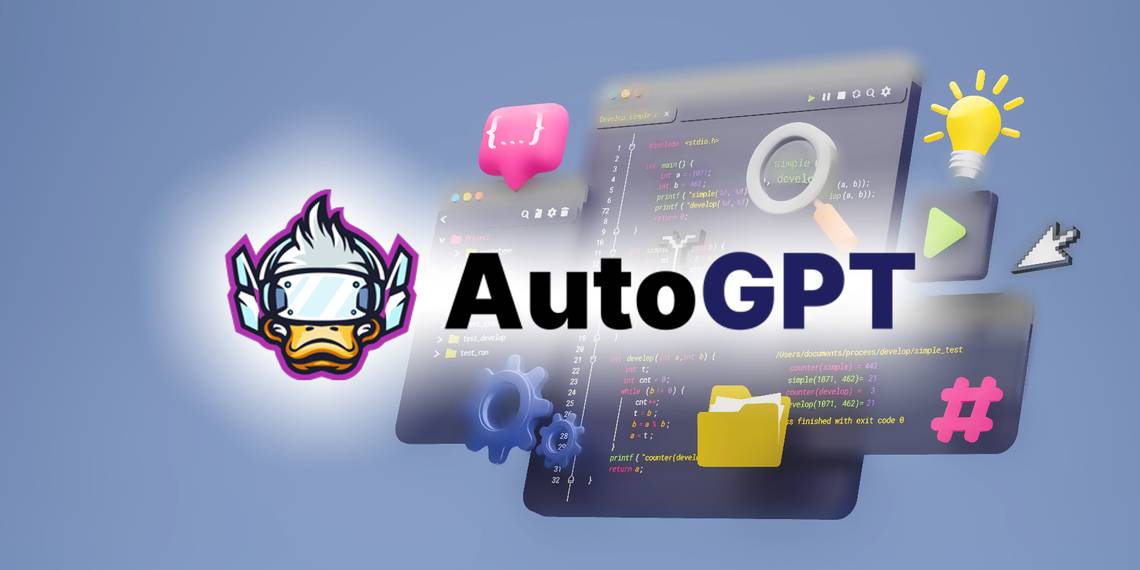In recent years, the world of artificial intelligence has experienced incredible growth and development. One area in particular that has seen significant advancements is natural language processing (NLP), which has led to the creation of powerful language models like Autogpt.
Autogpt is a cutting-edge language model that utilizes the power of deep learning to generate high-quality, human-like text. It is a form of AI that has the ability to learn from large amounts of data and generate text based on that data. This technology has the potential to revolutionize content creation, making it faster and easier than ever before.
In this article, we will take a closer look at Autogpt and explore how this technology works, its potential applications, and the impact it could have on the future of content creation.
What is Autogpt?
Autogpt is a natural language processing technology developed by OpenAI, a leading AI research organization. It is based on the GPT (Generative Pre-trained Transformer) architecture, which is a neural network designed to generate natural language text.
Autogpt is trained on a massive amount of text data from the internet, including books, articles, and websites. This vast amount of data allows Autogpt to learn the patterns and structures of human language, enabling it to generate high-quality text that is virtually indistinguishable from text written by humans.
Autogpt works by using a neural network to process and generate text. The network is made up of layers of interconnected nodes that process information and make predictions based on that information. Autogpt is designed to learn from large amounts of data, which it uses to develop a deep understanding of the patterns and structures of language.
Once the Autogpt model has been trained on this data, it can be used to generate new text based on a given prompt or topic. The user simply inputs a few words or a sentence, and Autogpt generates a complete paragraph or article based on that input.
Potential Applications of Autogpt
The potential applications of Autogpt are vast and varied. One of the most obvious applications is in content creation, where Autogpt can be used to generate high-quality articles, blog posts, and other written content in a matter of seconds.
Autogpt can also be used in customer service and support, where it can be used to generate responses to common questions and inquiries. This can help reduce the workload of customer service representatives and improve response times.
Another potential application of Autogpt is in language translation. With its deep understanding of language patterns and structures, Autogpt has the potential to revolutionize the way we translate languages, making it faster and more accurate than ever before.
The Impact of Autogpt on Content Creation
The impact of Autogpt on content creation could be significant. With the ability to generate high-quality content in a matter of seconds, Autogpt has the potential to transform the content creation industry, making it faster and more efficient than ever before.
However, there are also concerns about the impact of Autogpt on the job market. As with any technology that automates tasks previously done by humans, there is the potential for job displacement. Content creators, writers, and other professionals in the content creation industry could potentially be replaced by Autogpt and other AI-powered tools.
Despite these concerns, the potential benefits of Autogpt are significant. With its ability to generate high-quality content quickly and efficiently, Autogpt has the potential to improve the quality of content available online and make it easier for businesses and individuals to create content.
The Future of Autogpt
As AutoGPT is a relatively new tool, there are still some limitations and challenges associated with it. One of the main challenges is the quality of the generated text. While AutoGPT can produce impressive results, the quality of the text can vary depending on the input prompt and the size of the generated text. As with any AI tool, the quality of the output is only as good as the quality of the data that it has been trained on. In some cases, the generated text may contain errors, inconsistencies or irrelevant information.
Another limitation of AutoGPT is its reliance on pre-existing data. While the tool can generate new text based on the input prompt, it is still limited by the information and patterns that it has been trained on. This means that the tool may not be able to generate completely original or novel ideas, and may instead rely on patterns and structures that it has already learned from existing data.
Despite these limitations, AutoGPT has the potential to revolutionize the way we generate text and communicate with machines. With further improvements in technology and more data being fed into the system, AutoGPT has the potential to become even more powerful and capable of generating high-quality, creative and unique text.
In conclusion, AutoGPT is an exciting development in the field of AI, and has the potential to revolutionize the way we generate text and communicate with machines. While there are still some limitations and challenges associated with the tool, the benefits and potential applications of AutoGPT are significant. As the technology continues to evolve and improve, it will be interesting to see how AutoGPT is used in various industries and how it changes the way we interact with machines.





0 Comments